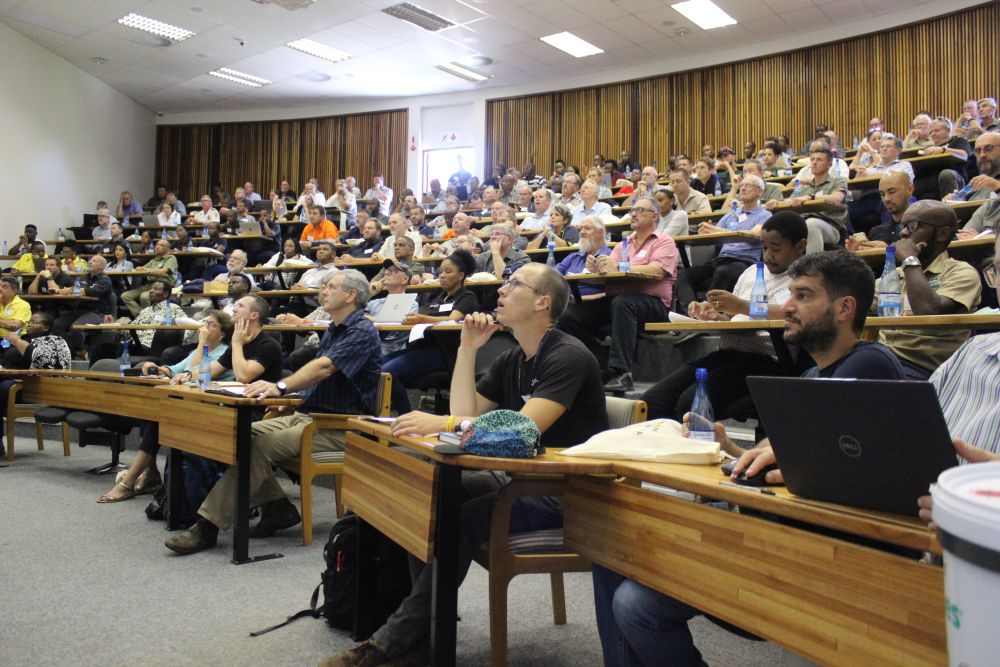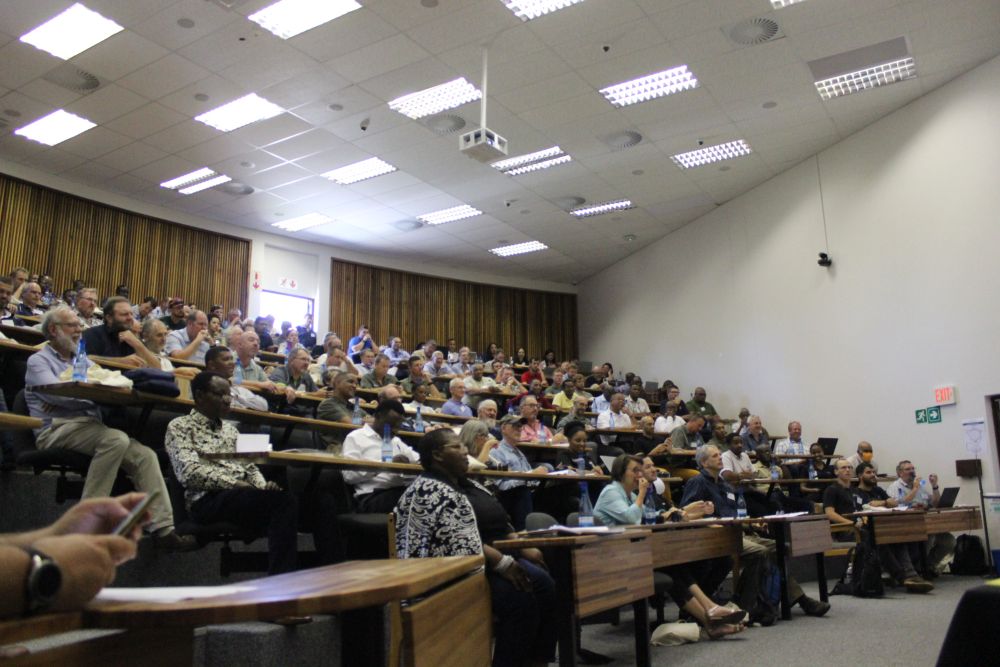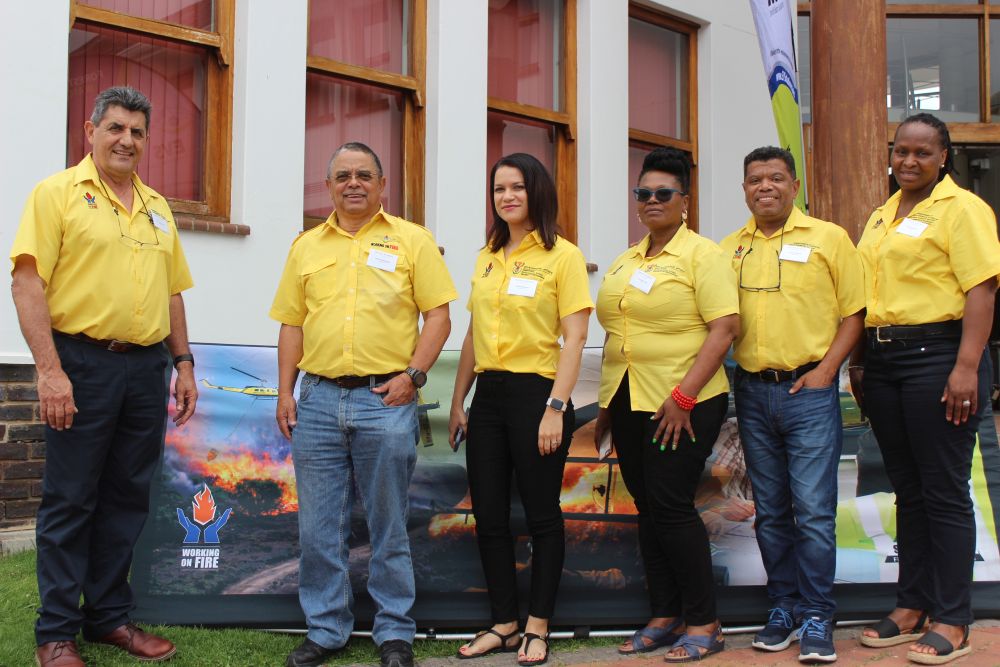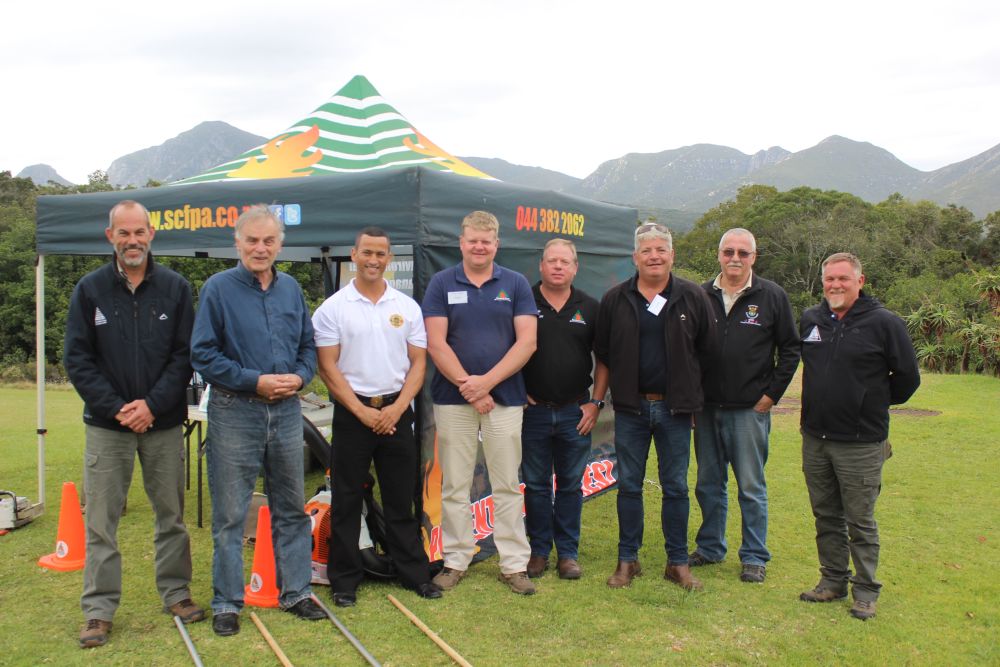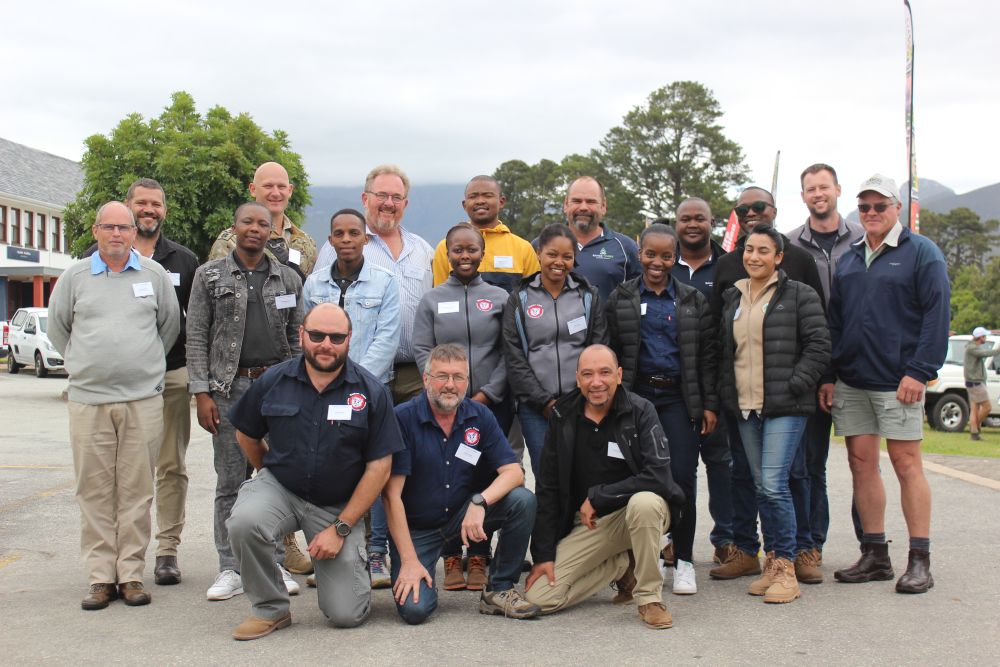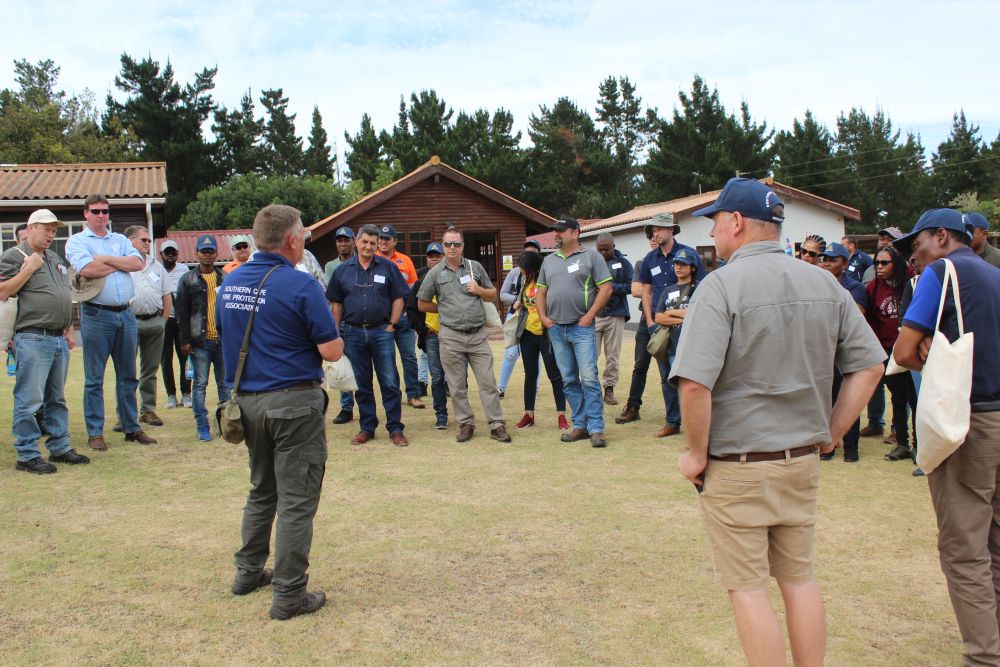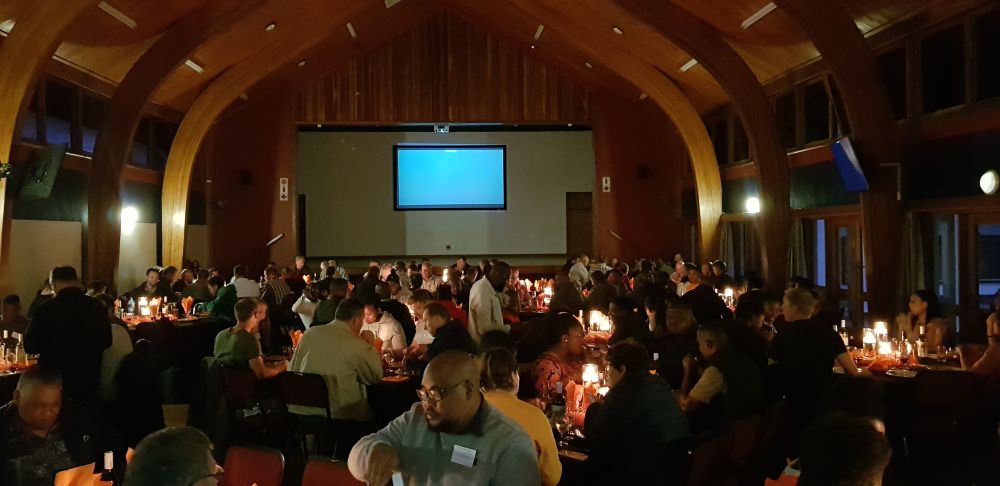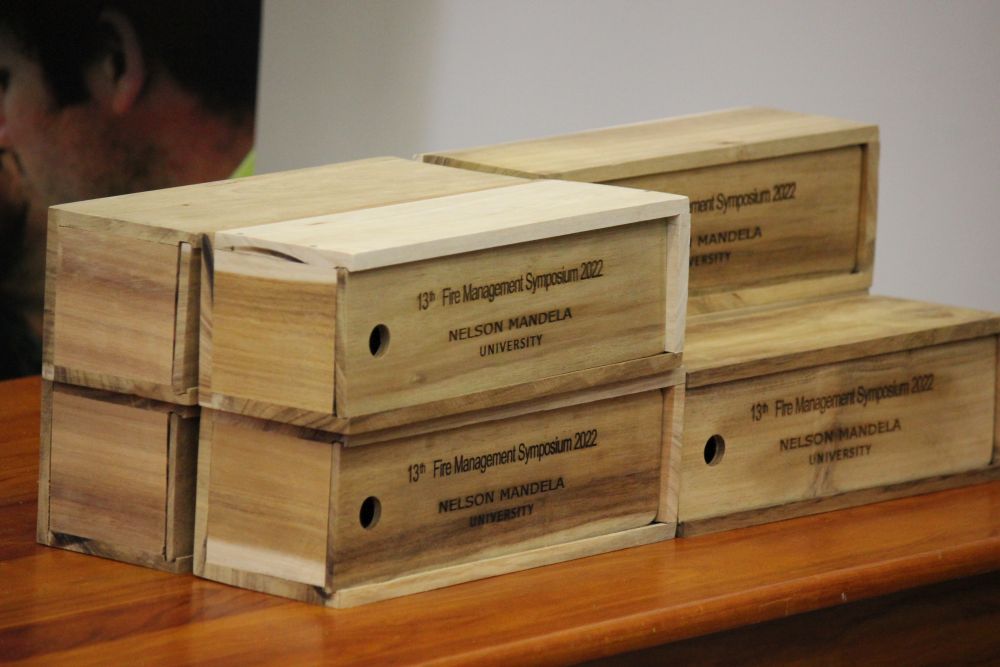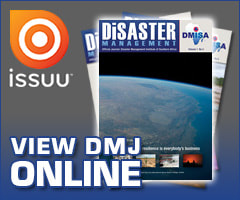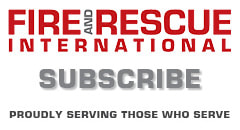- Home
- Magazines
-
Newsletters
- 19 July 2024
- 12 July 2024
- 5 July 2024
- 28 June 2024
- 14 June 2024
- 7 June 2024
- 31 May 2024
- 24 May 2024
- 17 May 2024
- 10 May 2024
- 3 May 2024
- 26 April 2024
- 19 April 2024
- 12 April 2024
- 22 March 2024
- 15 March 2024
- 8 March 2024
- 1 March 2024
- 23 February 2024
- 16 February 2024
- 9 February 2024
- 26 January 2024
- 19 January 2024
- 12 January 2024
- 22 December 2023
- 1 December 2023
- 24 November 2023
- 10 November 2023
- 3 November 2023
- 27 October 2023
- 20 October 2023
- 13 October 2023
- 6 October 2023
- 29 September 2023
- 22 September 2023
- 15 September 2023
- 8 September 2023
- 25 August 2023
- 18 August 2023
- 11 August 2023
- 4 August 2023
- 28 July 2023
- 21 July 2023
- 14 July 2023
- 7 July 2023
- 30 June 2023
- 23 June 2023
- 15 June 2023
- 2 June 2023
- 26 May 2023
- 19 May 2023
- 12 May 2023
- 5 May 2023
- 28 April 2023
- 21 April 2023
- 14 April 2023
- 6 April 2023
- 31 March 2023
- 24 March 2023
- 17 March 2023
- 10 March 2023
- 3 March 2023
- 24 February 2023
- 17 February 2023
- 10 February 2023
- 3 February 2023
- 27 January 2023
- 13 January 2023
- 22 December 2022
- 15 December 2022
- 9 December 2022
- 2 December 2022
- 25 November 2022
- 18 November 2022
- 11 November 2022
- 4 November 2022
- Advertising
- Subscribe
- Articles
-
Galleries
- AOSH Firexpo 2024
- Midvaal Fit to Fight Fire 2024
- WoF KNP 2023 Gallery
- TFA 2023 Gallery
- DMISA Conference 2023
- ETS 2023 Gallery
- Drager Fire Combat and Rescue Challenge 2023
- AOSH Firexpo 2023
- Midvaal Fit to Fight Fire
- WC IFFD 2023
- NMU 13th Fire Management Symposium 2022
- JOIFF Africa Conference 2022
- ETS 2022 Gallery
- TFA 2022 Gallery
- IFFD 2018
- SAESI
- TFA
- WRC 2018
- WRC 2019
- A-OSH/Securex
- IFE AGM 2019
- ETS Ind Fire Comp Nov 2019
- ETS Challenge 2021
- Drager launch
- Drager Fire Combat and Rescue Challenge 2022
- TFA
- Contact
- Home
- Magazines
-
Newsletters
- 19 July 2024
- 12 July 2024
- 5 July 2024
- 28 June 2024
- 14 June 2024
- 7 June 2024
- 31 May 2024
- 24 May 2024
- 17 May 2024
- 10 May 2024
- 3 May 2024
- 26 April 2024
- 19 April 2024
- 12 April 2024
- 22 March 2024
- 15 March 2024
- 8 March 2024
- 1 March 2024
- 23 February 2024
- 16 February 2024
- 9 February 2024
- 26 January 2024
- 19 January 2024
- 12 January 2024
- 22 December 2023
- 1 December 2023
- 24 November 2023
- 10 November 2023
- 3 November 2023
- 27 October 2023
- 20 October 2023
- 13 October 2023
- 6 October 2023
- 29 September 2023
- 22 September 2023
- 15 September 2023
- 8 September 2023
- 25 August 2023
- 18 August 2023
- 11 August 2023
- 4 August 2023
- 28 July 2023
- 21 July 2023
- 14 July 2023
- 7 July 2023
- 30 June 2023
- 23 June 2023
- 15 June 2023
- 2 June 2023
- 26 May 2023
- 19 May 2023
- 12 May 2023
- 5 May 2023
- 28 April 2023
- 21 April 2023
- 14 April 2023
- 6 April 2023
- 31 March 2023
- 24 March 2023
- 17 March 2023
- 10 March 2023
- 3 March 2023
- 24 February 2023
- 17 February 2023
- 10 February 2023
- 3 February 2023
- 27 January 2023
- 13 January 2023
- 22 December 2022
- 15 December 2022
- 9 December 2022
- 2 December 2022
- 25 November 2022
- 18 November 2022
- 11 November 2022
- 4 November 2022
- Advertising
- Subscribe
- Articles
-
Galleries
- AOSH Firexpo 2024
- Midvaal Fit to Fight Fire 2024
- WoF KNP 2023 Gallery
- TFA 2023 Gallery
- DMISA Conference 2023
- ETS 2023 Gallery
- Drager Fire Combat and Rescue Challenge 2023
- AOSH Firexpo 2023
- Midvaal Fit to Fight Fire
- WC IFFD 2023
- NMU 13th Fire Management Symposium 2022
- JOIFF Africa Conference 2022
- ETS 2022 Gallery
- TFA 2022 Gallery
- IFFD 2018
- SAESI
- TFA
- WRC 2018
- WRC 2019
- A-OSH/Securex
- IFE AGM 2019
- ETS Ind Fire Comp Nov 2019
- ETS Challenge 2021
- Drager launch
- Drager Fire Combat and Rescue Challenge 2022
- TFA
- Contact
Follow us
NMU 13th Fire Management Symposium 2022
The Nelson Mandela University George Campus held its 13th Fire Management Symposium 2022 on 23 to 25 November 2022 at its George Campus on the Garden Route. The symposium consisted of a two day conference as well as a field day to three separate venues.
Session One was chaired by NMU’s Prof Jos Louw with a warm welcome from Tiaan Pool followed by the official opening by Dr Kaluke Mawila, campus principal at the NMU George Campus. Prof Pete Fule of the School of Forestry in Northern Arizona University in the US provided the key note address, which was themed ‘The missing link between research inputs and technical outputs’. Greg Forsyth of the CSIR, now retired, discussed the current and future veldfire risk in the world and South Africa followed by Lee Raath-Brownie (me) of Fire and Rescue International, who shared insights on the role and impact of media on fire management in South Africa. Dr Izak Smit, senior scientist at SANParks continued the discussion around the media with his ‘Fire as friend or foe: the role of scientists in balancing media coverage of fires in National Parks, siting his recent research project also mentioned in Lee’s presentation. I apologise for stealing your thunder, Izak. Arno Pienaar of Montigny Investments shared the Swaziland experience in his presentation ‘An alternative (military) approach to fire management’ and also making a statement about traditional insurance versus the security brought about by your unique fire management system followed by Prof Andi Thode of the School of Forestry at Northern Arizona University in the US, who discussed ‘Shifting the paradigms in wildfire training and education. Session Two was chaired by NMU’s Dr Muedanyi Ramantswana and started off with Trevor Abrahams of Working on Fire, whose presentation focused on ‘Wildland fires and climate change: emerging trends, challenges and imperatives. A presentation by Ian Pienaar of Montigny Investments in Swaziland followed that shared their information on the use of sniffer dogs to catch arsonists. Laura Gannon of Meridian Urban Brisbane discussed ‘Planning-based bushfire risk assessment while Paul Gerber of the Southern Cape Fire Protection Association shared ‘The responsibility of fire protection associations (FPAs) to prepare communities for mega fires. Pam Booth, environmental manager in Knysna detailed the eco-friendly fireproof buildings that were constructed recently. The Friday’s first session was chaired by NMU’s Dr Tatenda Mapeto and featured a key note address by Working on Fire’s Piet van der Merwe, who discussed preparing for the next disaster fire. This was followed by Val Charlton of Land Works, who shared the results of the survey done on fire protection association readiness. The Western Cape Government’s Etienne du Toit provided insight, with some strong questions asked, on preparing a metropole for the next mega fire. Mondi South Africa’s Deon Greyling, shared information on whether commercial forestry companies are ready for the next mega fire and was followed by a presentation by Dr Rachel Loehman, a research landscape ecologist at the US Geological Survey, Alaska Science Centre on ‘Fuel modelling - a basis for fuel management intervention. CapeNature’s Dr AnneLise Schutte-Vlok discussed prescribed burning, the right option in Fynbos? and Sappi Southern Africa’s Jeffrey le Roux shared the effect of veldfires on the small and medium timber growers. This was followed by a joint presentation by EnviroVision Solutions Systems’ Dr Gavin Hough and FireWeb’s Noel Harrison who discussed how the integration of early detection and rapid response can mitigate the risk of mega/disastrous fires. The second session on Friday was chaired by NMU’s Barry Muller with Dr Jo Barnes who discussed the pollution of ground water from fires and fire suppression and Prof Keith Little, who shared research information on pelargonic acid as a replacement for paraquat for the preparation of firebreak tracer-lines. Avelile Cishe, an NMU postgraduate student discussed alternative fuel management methods in South Africa followed by Angel Goldsmith, a PhD candidate in Geography Research at Leverhulme Centre for Wildfires Environment and Society, King’s College in London, who discussed the missing link in wildfire emergency management in South Africa: early warnings and information dissemination. NMU’s Hannes van Zyl provided an overview of the Friday’s sessions and Tiaan thanked all the participants, exhibitors, presenters and delegates for their support. The field day trips included a visit to Pinnacle Point, an archaeology site occupied by Middle Stone Age people between 170 000 and 40 000 years ago and the Dias Museum in Mosselbay; a visit to Prins Albert via the Swartberg Pass, a pristine Fynbos landscape and the Southern Cape Fire Protection Association’s field day, with visits to the EVS camera system, BioChar, activated charcoal research and some site visits of the Knysna burn scars and rehabilitation. Fire and Rescue International will be providing more indepth reporting in the magazine. View gallery Quote of the week “Education costs money but then so does ignorance.” ~ Sir Moser Claus Fire and Rescue International is your magazine. Read it, use it and share it! Download magazine PDFs: https://www.frimedia.org/fri-archives.html Read the magazines online: https://issuu.com/fireandrescueinternational Enjoy the read! Lee Raath-Brownie Managing director Cell: 082 371 0190 Contact us Tel: 011 452 3135 or Email: [email protected] Websites www.fireandrescue.co www.frimedia.org www.facebook.com/FireandRescueInternational www.twitter.com/FRI_magazine http://www.linkedin.com/in/lee-raath-brownie-16668065/ |
Quick navigation
Social
|
Who are we?FRI Media (Pty) Ltd is an independent publisher of technical magazines including the well-read and respected Fire and Rescue International, its weekly FRI Newsletter and the Disaster Management Journal. We also offer a complete marketing and publishing package, which include design, printing and corporate wear and gifts. |
Weekly FRI Newsletter |
© Copyright 2018 Fire and Rescue International. All Rights Reserved.



